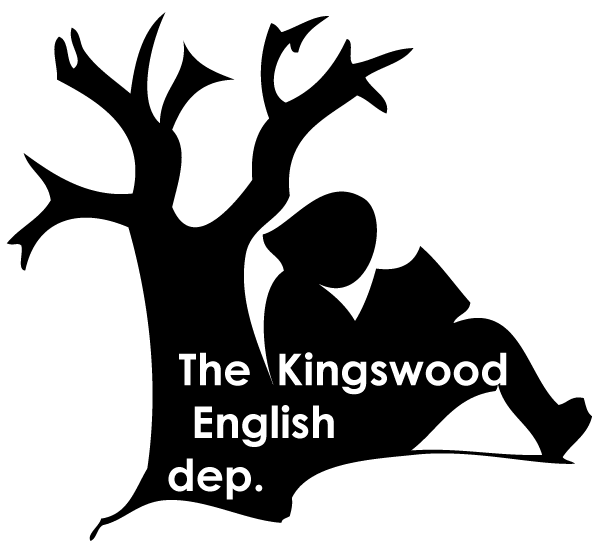Task 6: P6
When editing
graphics there are many legal pitfalls, for example if someone creates a
digital graphic, they have copyright to that image. Therefore if someone else
tries to use this image, or change it e.g. change the colour then they are
breaching the copyright. This is illegal and could result in penalties such as
fines etc.
If a graphic
is distributed under a license that allows modification, then you are allowed
to modify the image and use it for your own use. However, again you have to be
careful of the terms and conditions of this license. It may state for example
that the image is not allowed to be used for marketing a product, or it may not
be allowed to be released into the public domain. If these terms and conditions
are broken then again there will be punishments and penalties for doing so.
If you want
to use a graphic or an image that has copyright, then you must ask the creator
for permission to do so. There are copyright free images; these are the images
such as those on Google. However if you want to use a graphic which has
copyright, the creator may ask for a sum of money before permission is given.
With
photography the same rules apply. Once a picture has been taken, the
photographer can ask for the person to sign a model release form. This will
mean that they can reuse the images, e.g. for marketing purposes. However
without the permission from the form, the photographer is unable to use the
images. If the photographer decided to use the images without the consent of
the person, then a law suit could follow, which could then lead to the
photographer being sued for a large sum of money.
Trademark is
a recognisable sign used by businesses, companies etc. If a product has a
trademark on the packaging then that product is protected, so copies of that
product produced by other companies would be illegal. The company with the
trademark can take legal action against the company producing the copies.
Trademark also has consequences to the owners if they are found guilty to false
advertising or to offensive advertising. Again Trademark has legal
pitfalls much like copyright, which can
lead to law suits, loss of businesses and fixed fines.
Intellectual
property is about ownerships of creative works. So if a company hires a
designer to produce an image for example, they will have the intellectual
property of that image as they are paying the designer for the image. However
if a designer made the image in their own time at home, then they would have
the intellectual property of that image. That person would then have the right
to sell that image to other companies. But once the image is sold, then have the
rights are passed over to the new owners. Again much like Trademark and
Copyright there are legal pitfalls. Again issues such as fines etc. are involved.




